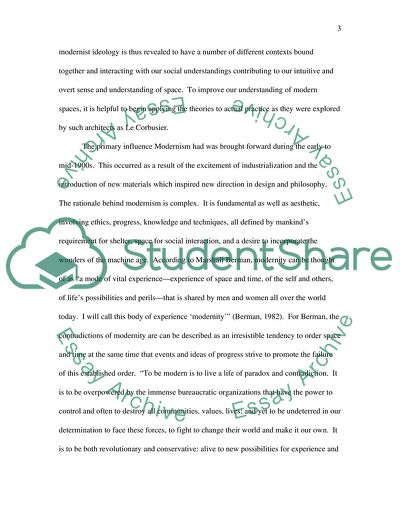Cite this document
(Modern Spaces - Our Understanding of Space as Affected by Modernism Case Study, n.d.)
Modern Spaces - Our Understanding of Space as Affected by Modernism Case Study. https://studentshare.org/architecture/1727447-how-does-architecture-communicate-is-it-possible-for-architecture-to-have-any-meaning-other-than-what-it-is-discuss-using-one-example-from-this-study-period
Modern Spaces - Our Understanding of Space as Affected by Modernism Case Study. https://studentshare.org/architecture/1727447-how-does-architecture-communicate-is-it-possible-for-architecture-to-have-any-meaning-other-than-what-it-is-discuss-using-one-example-from-this-study-period
(Modern Spaces - Our Understanding of Space As Affected by Modernism Case Study)
Modern Spaces - Our Understanding of Space As Affected by Modernism Case Study. https://studentshare.org/architecture/1727447-how-does-architecture-communicate-is-it-possible-for-architecture-to-have-any-meaning-other-than-what-it-is-discuss-using-one-example-from-this-study-period.
Modern Spaces - Our Understanding of Space As Affected by Modernism Case Study. https://studentshare.org/architecture/1727447-how-does-architecture-communicate-is-it-possible-for-architecture-to-have-any-meaning-other-than-what-it-is-discuss-using-one-example-from-this-study-period.
“Modern Spaces - Our Understanding of Space As Affected by Modernism Case Study”. https://studentshare.org/architecture/1727447-how-does-architecture-communicate-is-it-possible-for-architecture-to-have-any-meaning-other-than-what-it-is-discuss-using-one-example-from-this-study-period.


